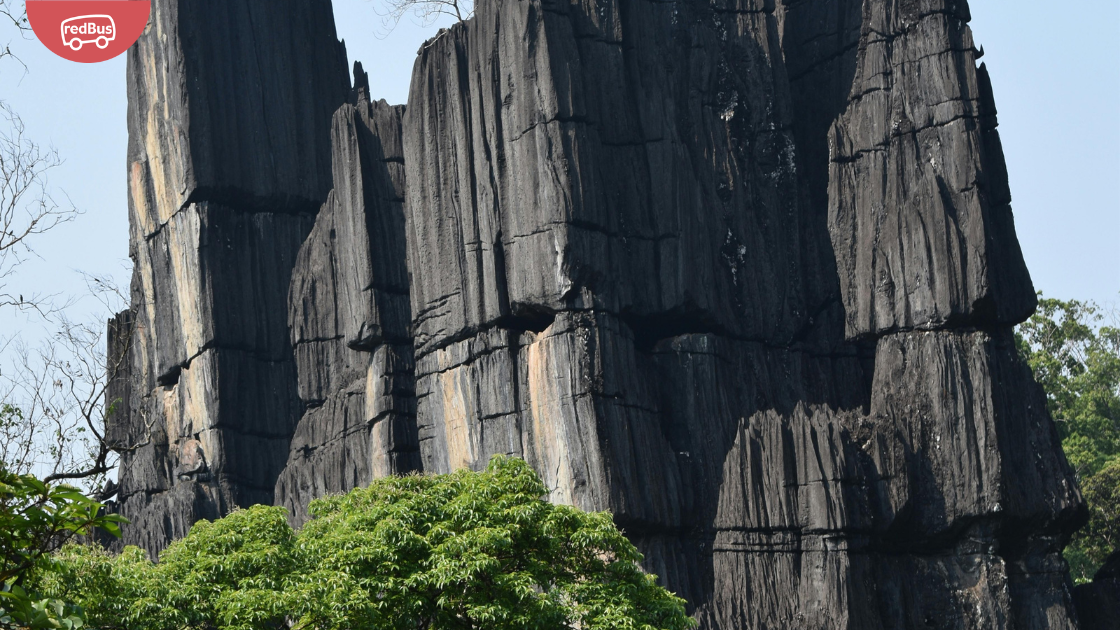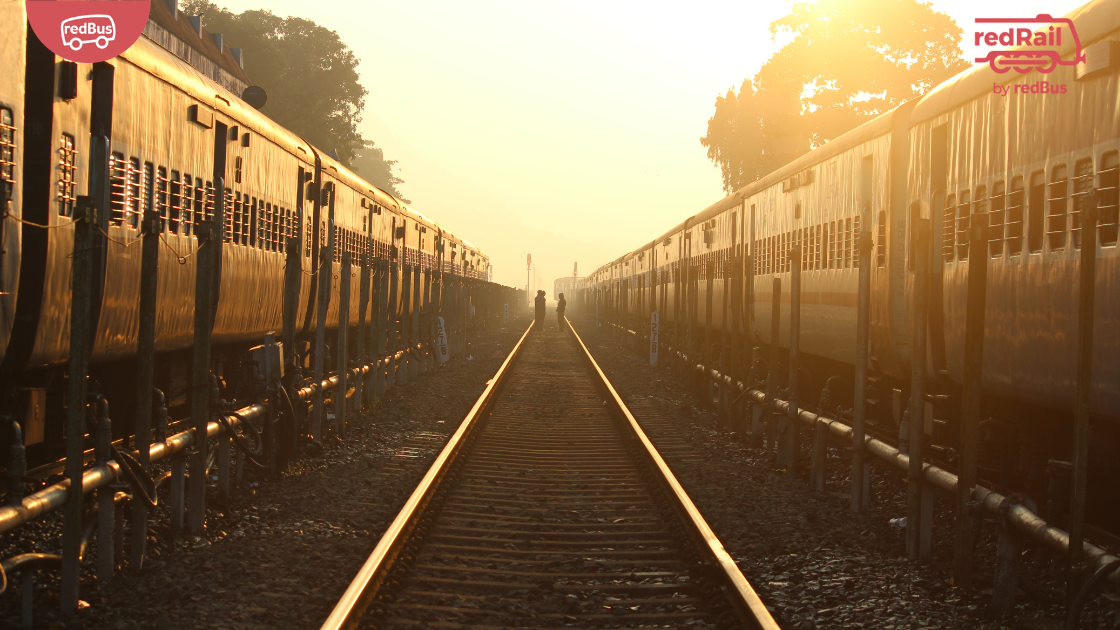The Chenab Bridge, an awe-inspiring engineering marvel, stands tall as the world’s highest railway bridge, spanning the tumultuous waters of the Chenab River in the Reasi district of Jammu and Kashmir, India. This bridge is located between Bakkal and Kauri in the Reasi district. The Chenab bridge is 1.3 km long and is built 359 metres above the river bed. It is the highest arch railway bridge built in India. This iconic structure is a testament to human ingenuity and determination, marking a significant milestone in the history of Indian Railways. Recently, there was a trial run of the MEMU trains conducted covering 46 km on the Udhampur-Srinagar-Baramulla Rail Link project. Once the train starts running on the bridge, passengers can book train tickets to witness the majestic bridge. Let us delve into the vision, design and significance of the Chenab Bridge.
Vision Behind Building the Chenab Railway Bridge
The Chenab Bridge is part of the ambitious Udhampur-Srinagar-Baramulla Rail Link (USBRL) project, aimed at improving connectivity in the mountainous regions of Jammu and Kashmir. It was conceived in the late 1990s to provide an all-weather, reliable transportation network that enhances socio-economic development in the region. The bridge holds immense strategic importance for India. By connecting the remote and mountainous regions of Jammu and Kashmir to the rest of the country, it plays a crucial role in boosting economic activities, tourism, and military logistics. The enhanced connectivity ensures quicker movement of goods and people, fostering development and integration.
The Architecture of Chenab Bridge
The Chenab Bridge is a true architectural marvel designed to withstand the harshest environmental conditions. It is an arch bridge characterized by its majestic parabolic curve, which is both aesthetically pleasing and structurally efficient.
Technical Specifications
- Height: Standing at a dizzying height of 359 metres (1,178 feet) above the riverbed, the Chenab Bridge surpasses even the Eiffel Tower.
- Length: The bridge spans a total length of 1,315 metres (4,314 feet).
- Materials Used: The construction predominantly used steel and concrete, ensuring durability and strength. Approximately 25,000 tonnes of steel were utilized in the bridge’s construction.
- Load Capacity: The bridge is designed to handle extreme load conditions, including seismic activities, high wind speeds, and temperature variations ranging from -20°C to 40°C.
Innovative Design Features
- Arch Structure: The arch design distributes the load effectively, ensuring stability and strength. This design choice allows the bridge to span the wide gorge of the Chenab River without the need for numerous piers.
- Wind Shielding: The bridge is equipped with windshields to protect it from high-velocity winds, ensuring the safety of trains and passengers.
- Earthquake Resistance: The bridge is located in a seismic zone designed to withstand earthquakes of up to 8 on the Richter scale.
- Blast Proofing: Given its strategic importance, the bridge is also designed to withstand potential blasts, ensuring its integrity under various threat scenarios.
Significance of Building Chenab Bridge
Below, you will find some of the advantages of building an architectural marvel, Chenab Bridge.
Enhanced Connectivity
The Chenab Bridge is a game-changer for the region’s connectivity. By linking the previously inaccessible areas of Jammu and Kashmir with the national rail network, it facilitates easier and faster movement of people and goods. This improved connectivity is expected to boost tourism, trade, and commerce, significantly contributing to the region’s economic development.
Job Creation
The construction and maintenance of the bridge have generated numerous job opportunities for the local population. Skilled and unskilled workers from the region were employed, providing them with livelihood and skill development opportunities. There is huge opportunities for locals to travel from these regions to other cities of the State for work, education and other personal work. Once the train start running on the Chenab bridge, locals and other people visiting the region can book train tickets, check PNR status and begin an adventurous journey.
Tourism Boost
The Chenab Bridge is set to become a major tourist attraction. Its breathtaking height and stunning design make it a must-visit destination for tourists. The bridge offers panoramic views of the surrounding landscape, attracting photography enthusiasts and adventure seekers. A lot of tourists will come to these places to explore its magnificent landscape and capture them through photography.
Socio-Economic Development
Improved transportation infrastructure has a ripple effect on socio-economic development. The bridge facilitates better access to education, healthcare, and other essential services for the local population. It also enables the efficient movement of agricultural produce and other goods, enhancing market access and profitability for local businesses.
Conclusion
The Chenab Bridge is more than just a structure; it is a symbol of human ingenuity, perseverance, and progress. Its completion marks a significant milestone in India’s infrastructure development journey. This engineering marvel not only connects people and places but also bridges the gap between dreams and reality. As we look at the Chenab Bridge, we are reminded of the incredible feats that can be achieved when vision, innovation, and determination come together. It stands as a testament to the potential of modern engineering and the endless possibilities that lie ahead. If you ever want to explore this magnificent bridge, you can book online train tickets to Jammu & Kashmir on redRail.










